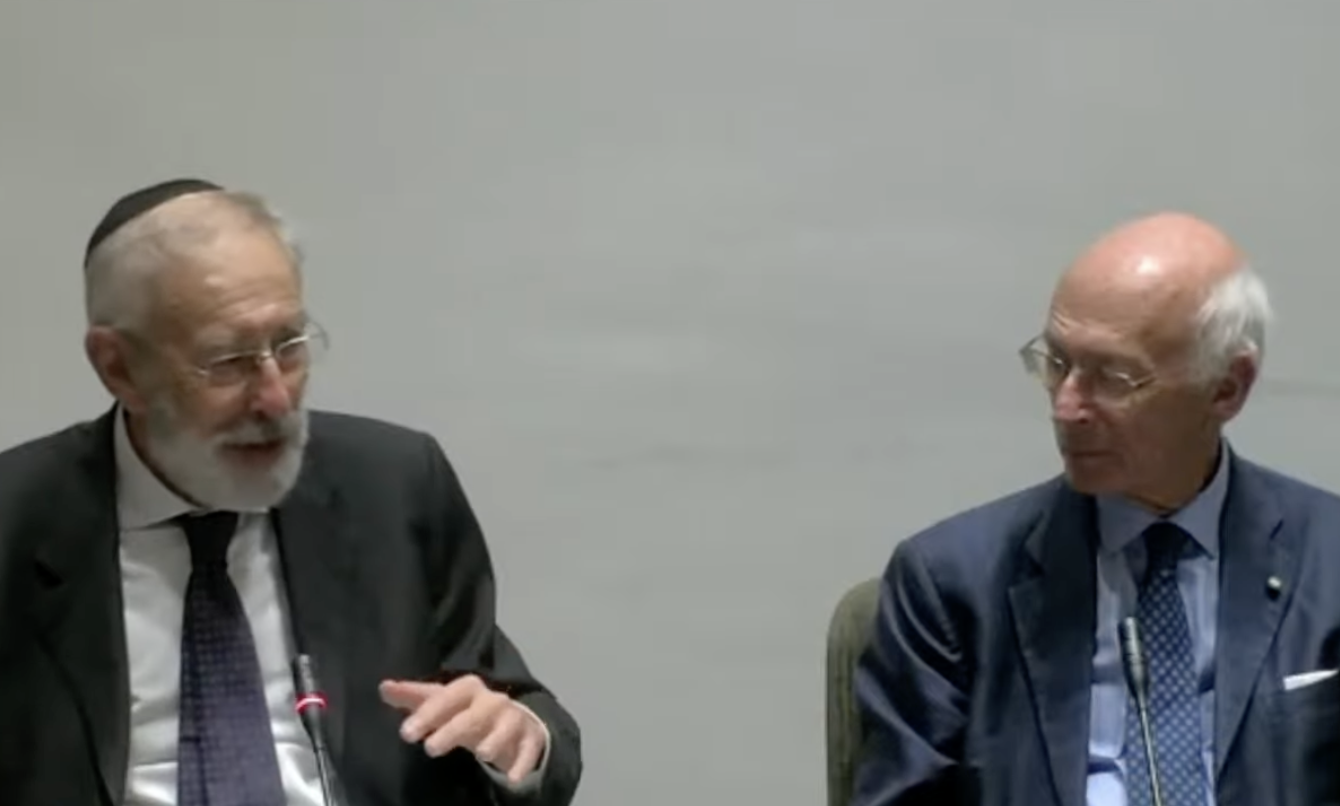ROME – Historic Italian Jewish books, Ministry of Culture announces funds for digitalization

On September 14, the European Day of Jewish Culture focused on the timeless beauty of books, their stories, and fascinating adventures in publishing. The exploration continued with a conference in Rome dedicated to “Binding in Jewish Books: The Framework of Knowledge and Rite,” organized by the Foundation for Jewish Cultural Heritage in Italy (FBCEI), took place at the National Library of Italian Judaism. Bookbinding is an ancient process of binding sheets of paper together and attaching them to a cover. “It’s a niche topic, but a relevant one,” said Andrea De Pasquale, Director of the General Directorate for Digitization and Communication at the Ministry of Culture, during his opening remarks.
At the conference, De Pasquale announced the allocation of funds to the FBCEI for the digitization of “most of the ancient books here, along with other carefully designed materials.” He said that the next step will be to transform this library into a proper national library equipped with its own digital display case. The president of the FBCEI, Dario Disegni, welcomed the ministry’s “really relevant” effort. He noted that focusing on a topic like this “is not only a matter of aesthetics.” Rather, bookbinding is a testament to “the hands that have worked carefully, the places books have traveled, and the times they have traversed.” In this way, every book becomes a keeper of collective memory and a bridge between the past and the present.
This idea was explored during the presentations. Chief Rabbi of Rome Riccardo Di Segni explored this idea by discussing the meaning of wrapping in Judaism. Rabbi Amedeo Spagnoletti, director of the National Museum of Italian Judaism and the Shoah (MEIS), spoke about Jewish people and texts “in sources and traditions.”
Rabbi Di Segni explained that the censorship and seizure of Jewish books paradoxically preserved testimonies of the past that would have otherwise deteriorated or been burned in bonfires set for the Talmud throughout Europe. He reminded us that those volumes entered the market not as books but as parchment useful to notaries who used it to bind their registries. In this way, Jewish books were dismembered, used as covers, and archived.” Thanks to the great Italian archival tradition, some libraries are now “mines” full of inspiration.
Other lecturers included Michael Maggen from the Israel Museum in Jerusalem; Maria Luisa López-Vidriero Abello from the University of Salamanca; Francesca Ferrari, director of the Teresiana Library in Mantua; Olga Melasecchi, director of the Jewish Museum in Rome; and Anna Di Castro, an advisor for the FBCEI.
Translated by Rebecca Luna Escobar, and revised by Matilde Bortolussi, students at the Advanced School for Interpreters and Translators of the University of Trieste, trainees in the newsroom of the Union of the Italian Jewish Communities — Pagine Ebraiche.
